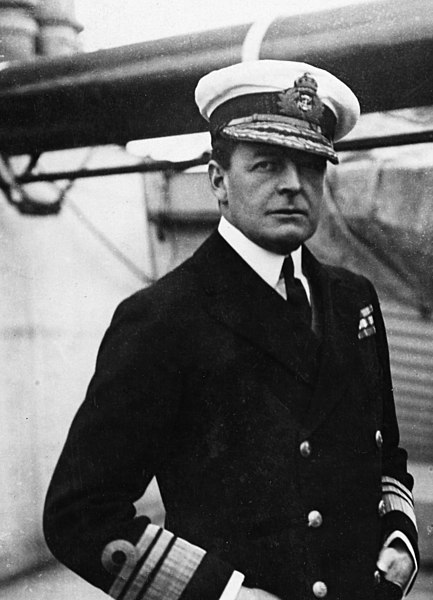The Battle of Jutland was a naval battle between Britain's Royal Navy Grand Fleet, under Admiral Sir John Jellicoe, and the Imperial German Navy's High Seas Fleet, under Vice-Admiral Reinhard Scheer, during World War I. The battle unfolded in extensive manoeuvring and three main engagements from 31 May to 1 June 1916, off the North Sea coast of Denmark's Jutland Peninsula. It was the largest naval battle and only full-scale clash of battleships of the war, and the outcome ensured that the Royal Navy denied the German surface fleet access to the North Sea and the Atlantic for the remainder of the war, as Germany avoided all fleet-to-fleet contact thereafter. Jutland was also the last major naval battle, in any war, fought primarily by battleships.
Reinhard Scheer, German fleet commander
John Jellicoe, British fleet commander
David Beatty, commander of the British battlecruiser fleet
HMS Warspite and Malaya, seen from HMS Valiant at around 14:00 hrs
The Skagerrak is a strait running between the Jutland peninsula of Denmark, the east coast of Norway and the west coast of Sweden, connecting the North Sea and the Kattegat sea.
The Oslofjord inlet near Oslo is part of the Skagerrak strait.
German bunkers from World War II are still present along the coasts of Skagerrak. (Kjærsgård Strand in Denmark)
A cargo ship on Skagerrak.
Ytre Hvaler National Park.








